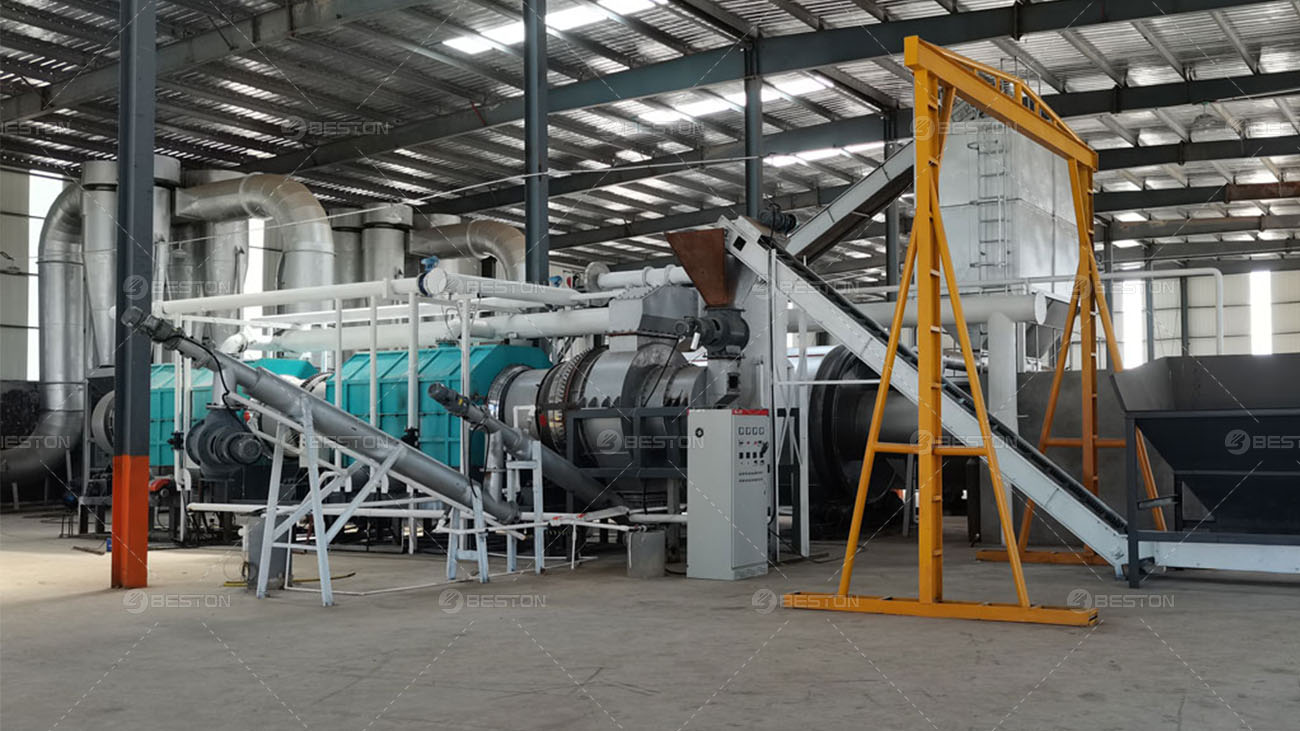The charcoal briquettes business holds significant profit potential due to the increasing demand for eco-friendly and efficient fuel sources. Charcoal briquettes are an alternative to traditional charcoal and firewood, offering better energy efficiency and reduced environmental impact. This article explores the profitability of the charcoal briquettes business, highlighting the role of a charcoal briquette making machine in the production process.
Market Demand and Opportunities Growing Demand for Charcoal Briquettes
Environmental Awareness: Consumers are increasingly aware of the environmental impacts of traditional charcoal and firewood. Charcoal briquettes, made from agricultural waste, sawdust, and other biomass materials, offer a greener alternative. Urbanization: In many urban areas, the demand for clean and efficient fuel sources is rising. Charcoal briquettes burn longer and produce less smoke compared to traditional charcoal, making them an attractive option for urban households. Commercial Use: Restaurants, hotels, and barbecue businesses prefer charcoal briquettes due to their consistent quality and performance. This consistent demand from the commercial sector contributes significantly to the profitability of the business. Export Potential
Charcoal briquettes have a strong market in various countries, especially in regions where traditional fuel sources are either scarce or expensive. Exporting charcoal briquettes can open up new revenue streams and enhance profitability. Cost Factors and Profit Margins Raw Materials
The primary raw materials for making charcoal briquettes are agricultural waste, sawdust, and other biomass materials. These materials are often inexpensive or even free, as they are byproducts of other processes. This low cost of raw materials significantly boosts profit margins. Production Costs
Charcoal Briquette Making Machine: Investing in a high-quality charcoal briquette making machine is crucial for efficient production. Modern charcoal briquette making machine are energy-efficient and can produce high-quality briquettes with minimal labor. The initial investment in machinery can be recouped quickly due to the high demand and low production costs. Labor and Utilities: The production process requires labor for material handling, machine operation, and packaging. However, the labor cost is relatively low, especially in regions with affordable labor rates. Utility costs, primarily electricity, are also manageable with efficient machinery. Pricing and Profit Margins
Charcoal briquettes can be sold at competitive prices while maintaining healthy profit margins. The selling price often depends on factors such as quality, packaging, and market demand. On average, profit margins for charcoal briquette businesses can range from 20% to 40%, depending on the scale of operations and market conditions.

Comments
No comments yet. Be the first to react!